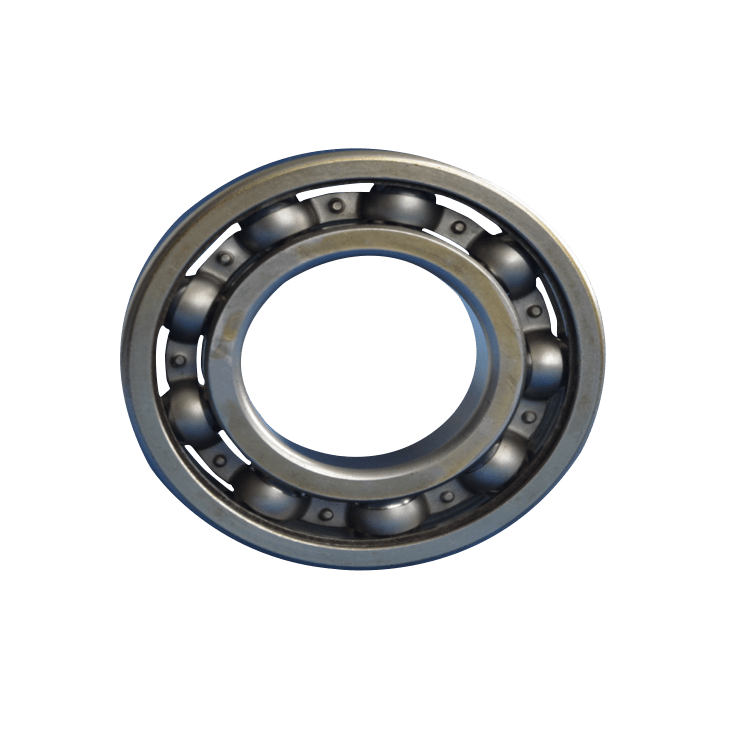Welcome to Tarso, professional special bearing manufacturer
Bearings are simple mechanical components that support […]
Bearings are simple mechanical components that support loads on shafts. These devices are made up of a rolling element called a ball, which rotates around a metal ring called a race. Ball bearings are found in every motor vehicle and driveline, as well as in many household items like electric drills, DVD players, and skateboards. These devices are also used in the paper-making industry, where they are typically used in machines that require high-temperature operation.
There are three basic types of bearings. One type is a needle bearing, which is used for extremely small shafts. These devices are extremely small and are made from a special material. Needle bearings do not have rolling elements in them, and they function like a ball bearing. They enable a shaft to rotate inside a bearing hole, and provide sliding friction that is greater than rolling friction. A needle bearing has a low profile, and is most often used in small-diameter shafts.
Another type of bearing is a ball bearing, which consists of a row of metal balls trapped between two metal rings, or races. The inner race is free to rotate, and the outer race is stationary. Both ball and roller bearings have limited bearing capacities. Ball bearings are the most common type, but they have a wide range of applications, including motors and gears. They can also carry axial loads in two directions, but are prone to high levels of noise.
Plain bearings consist of two primary types: radial and cylindrical. Radial bearings feature an impressive load-bearing capacity because they have a small cross-sectional height. The main difference between radial and cylindrical bearings is the amount of surface area that contacts the bearing raceways. Radial bearings are better suited for applications that require high rotational speeds, while axial bearings are more suitable for light-duty or slow-speed operations. While axial bearings are often used in automotive applications, they can also be used in other industries.
Roller bearings, also called rolling-element bearings, are a type of ball bearing that uses a cylindrical rolling element to transmit load. They have higher radial load capacity and lower axial load capacity. Their main benefit is that they are lightweight and easy to mount, and they are reliable and low-maintenance. So, before you buy a roller bearing, be sure to understand what is your specific needs.
Linear bearings are typically found in structures that are difficult to access. They also provide smooth precision motion along one axis. Linear bearings are also used in the furniture industry, where they are often used as ball-bearing drawer slides. If you want to know more about these types of bearings, read on. And don't forget to check out our interactive bearing guide. You'll find a wide variety of applications for linear bearings.
A plain bearing is made of two metal surfaces. The two surfaces are separated by a fluid film. The fluid film prevents metal-to-metal contact and is able to sustain a high load while having low friction and wear. One of the most common types of bearing is the "Radial Magnetic Bearing" made by RMB. This bearing is used in high-speed operations, precision tools, and even in vacuum-filled aerospace applications.

Structure & Size Range Of 316 Stainless Steel Ball Bearing
Rings: 316 Stainless Steel
Rolling Element: 316 Stainless Steel
Cage: 304 Stainless Steel
Size Range: ID3mm or up